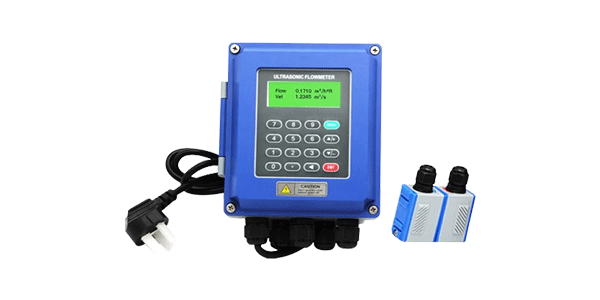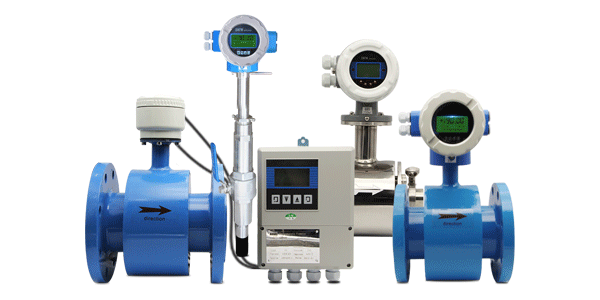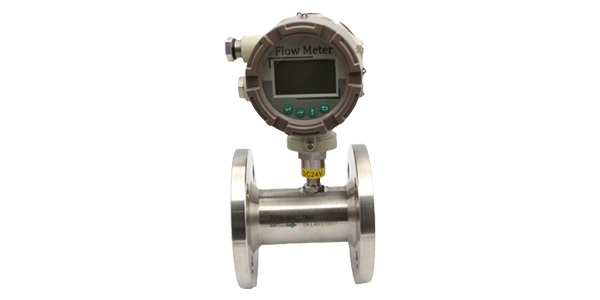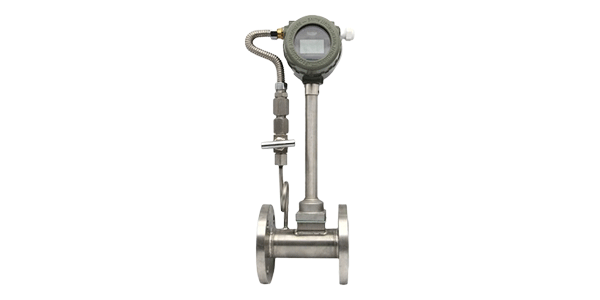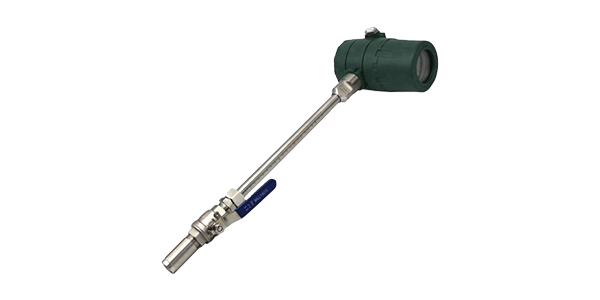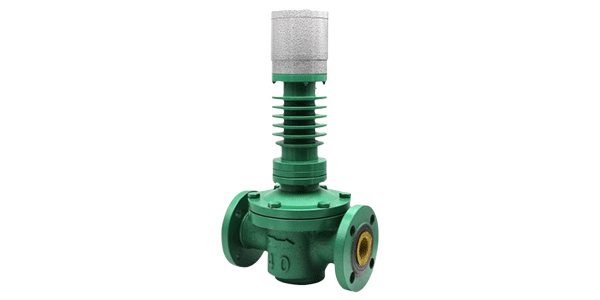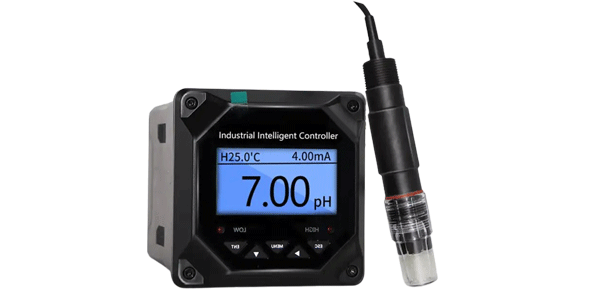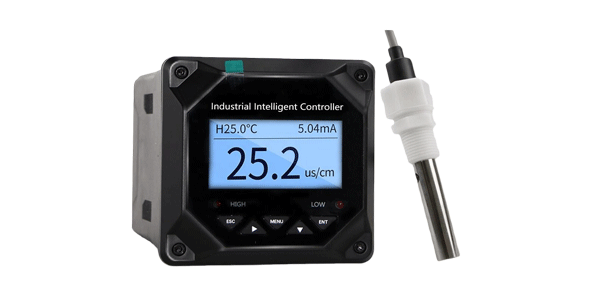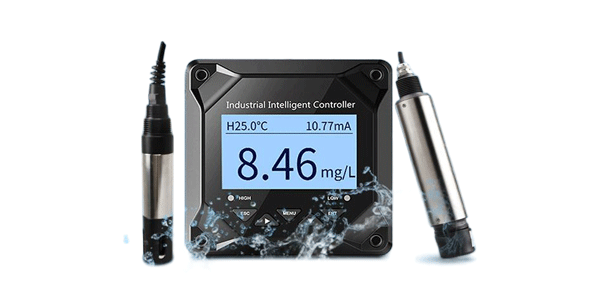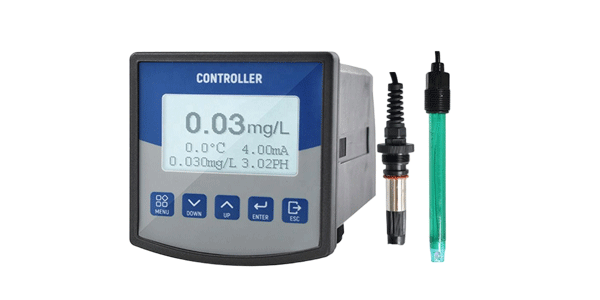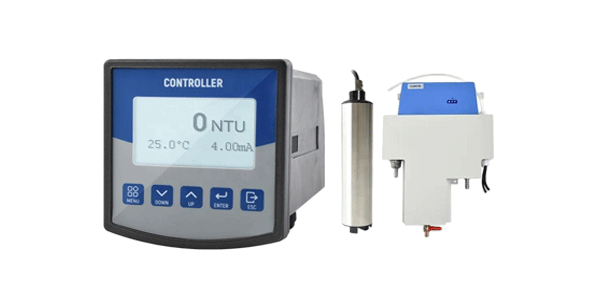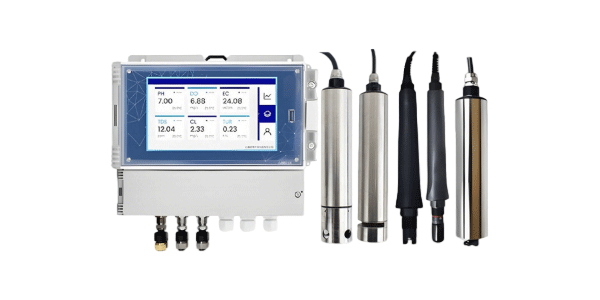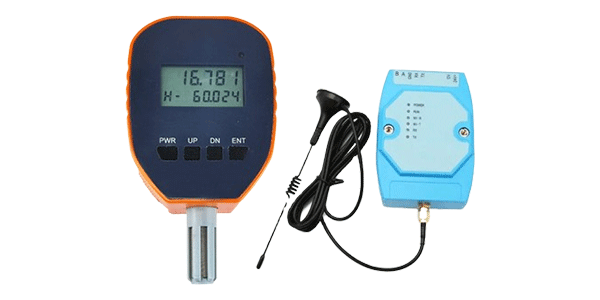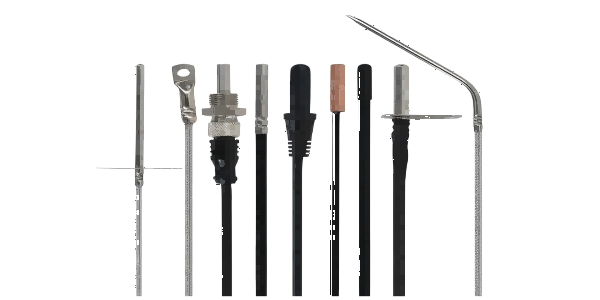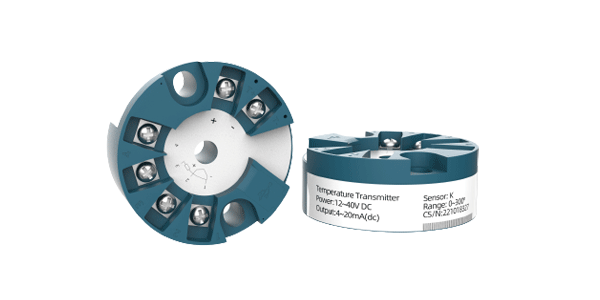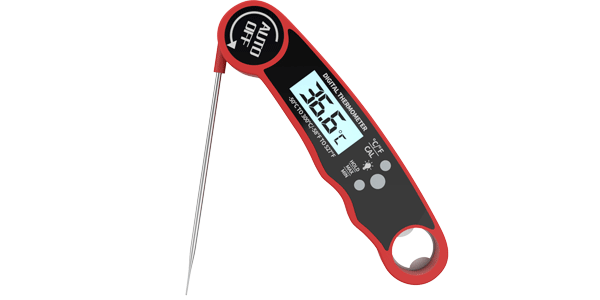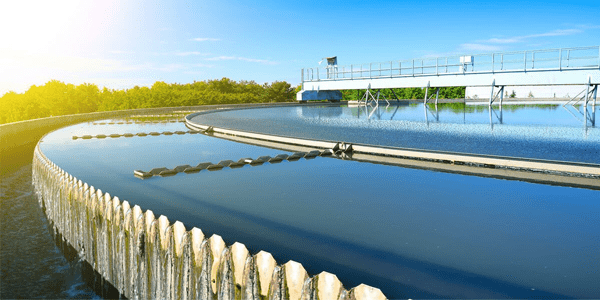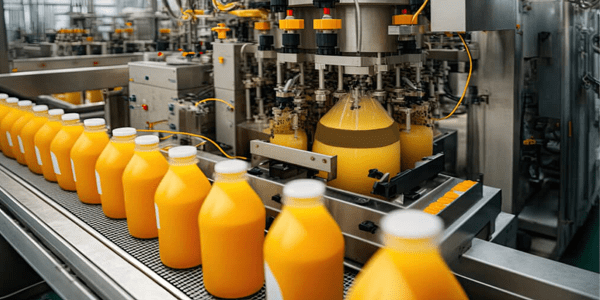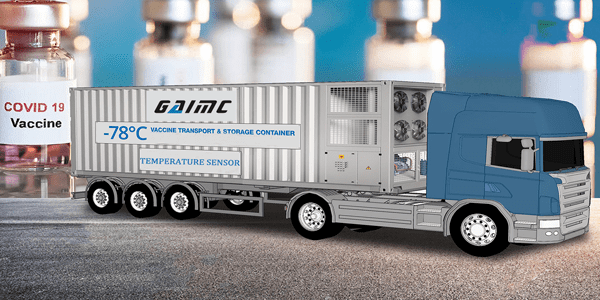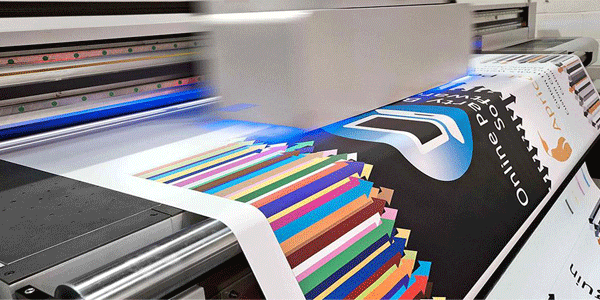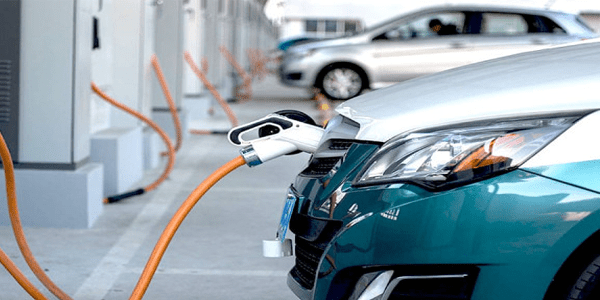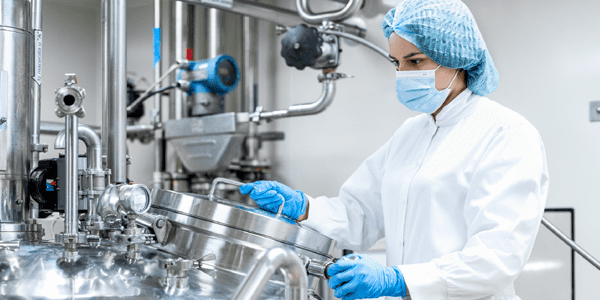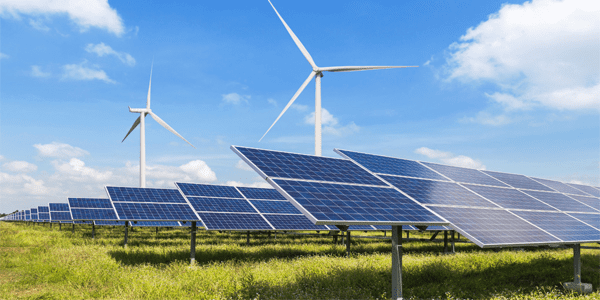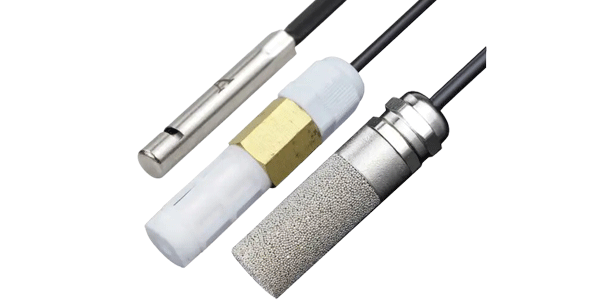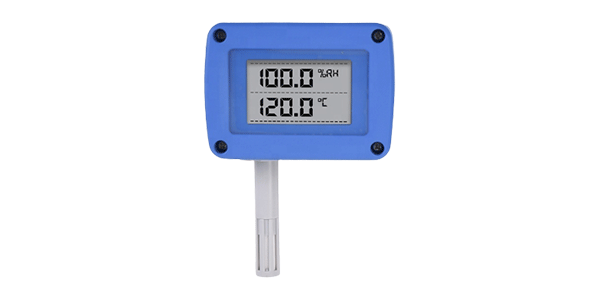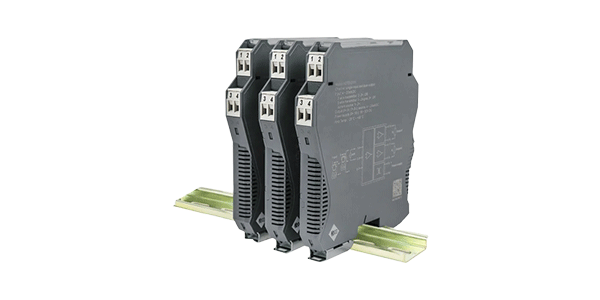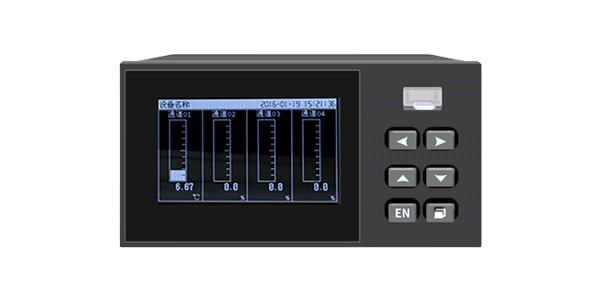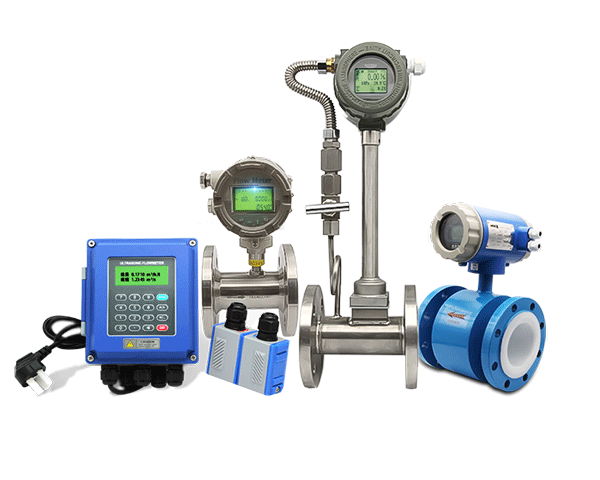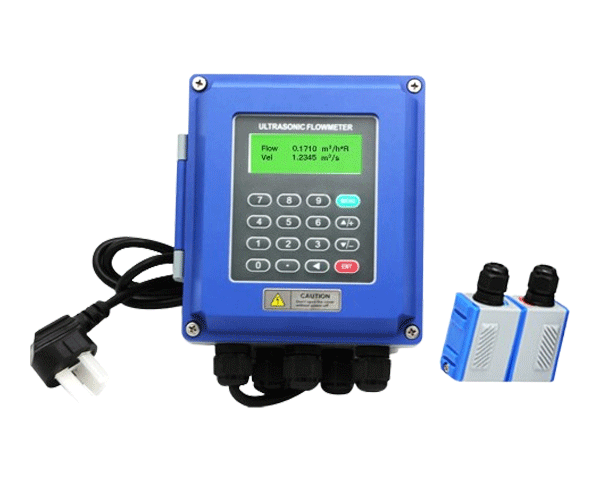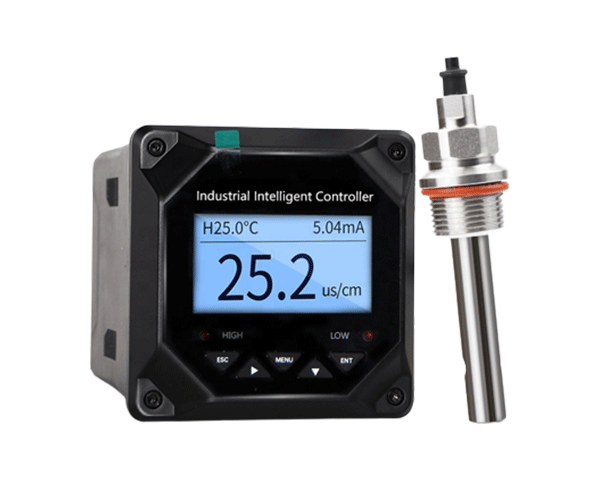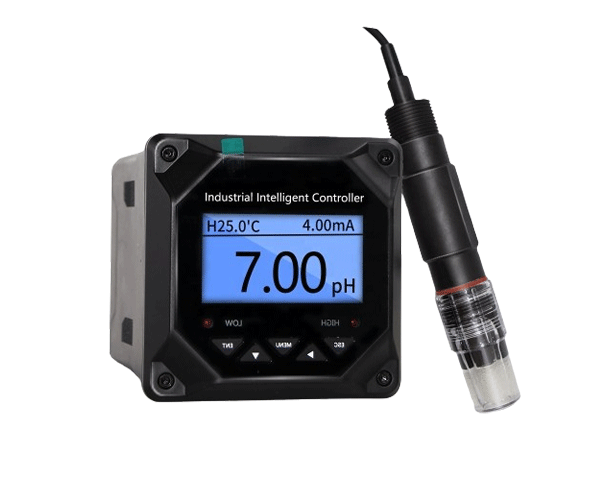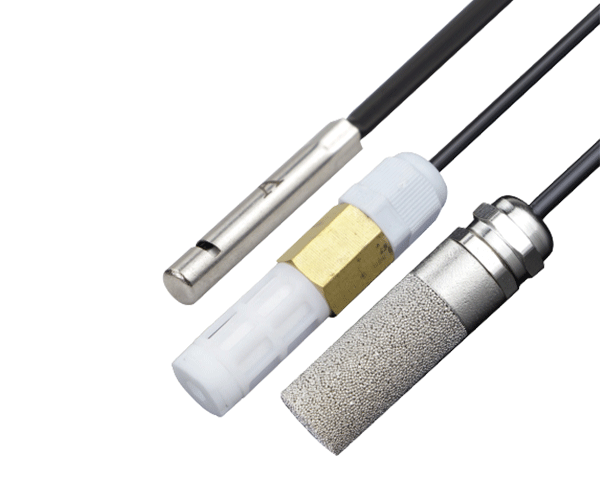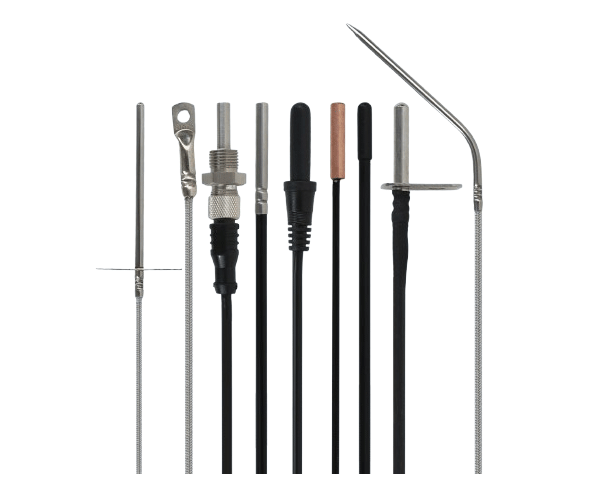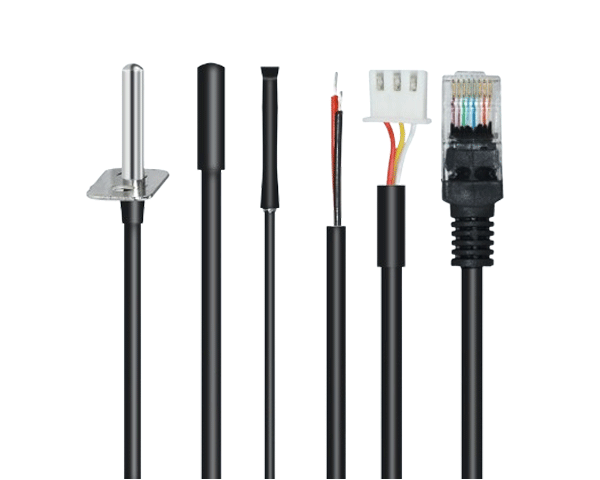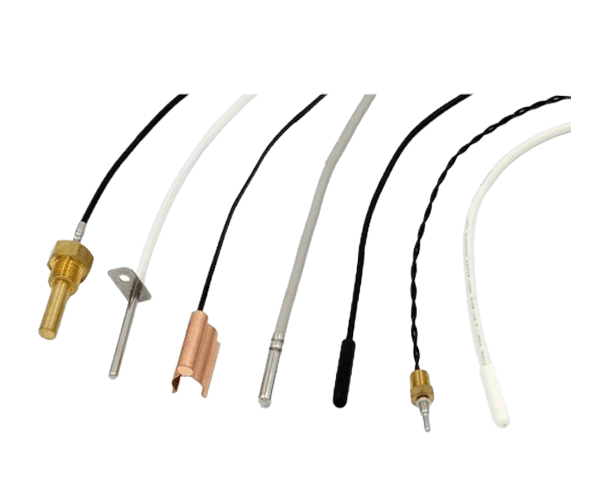Flow Measurement Fundamentals: Why It Matters
In industrial pipelines, invisible liquids and gases are like the lifeblood of production, and flow meters are the eyes that reveal this hidden world. From reactor control in chemical plants to residential gas meter readings, these precision instruments silently support modern industrial infrastructure :cite[1].
Flow meters rank among the three essential process measurement instruments alongside pressure and temperature sensors. Their accuracy directly impacts production efficiency, safety control, and cost accounting :cite[1].
Classification by Measurement Principle
Flow meters are categorized based on their operating principles:
-
Differential Pressure (DP): Measures pressure drop across a restriction (e.g., orifice plates, Venturi tubes)
-
Positive Displacement (PD): Counts fixed fluid volumes (e.g., oval gear, rotary piston meters)
-
Velocity-based: Measures flow speed (e.g., turbine, electromagnetic, ultrasonic)
-
Mass Flow: Directly measures mass (e.g., Coriolis, thermal meters)
With over 60 types of industrial flow meters available, no single solution fits all fluids, ranges, flow conditions, and environments. This diversity makes proper selection critical for measurement accuracy :cite[1].
6 Major Flow Meter Types Explained
Differential Pressure Flow Meters
These meters calculate flow using Bernoulli's principle by measuring pressure drop across a restriction. The differential pressure (ΔP) is proportional to the square of flow rate :cite[1].
|
Type
|
Accuracy
|
Best For
|
Limitations
|
|
Orifice Plate
|
±1-2%
|
Steam, gas, clean liquids
|
High permanent pressure loss
|
|
Venturi Tube
|
±0.75%
|
Slurries, dirty liquids
|
Expensive installation
|
|
Flow Nozzle
|
±1%
|
High-temperature steam
|
Limited turn-down ratio
|
DP meters account for 25-33% of all industrial flow meters – the largest installed base globally :cite[1].
Positive Displacement Flow Meters
PD meters achieve the highest accuracy (±0.1-0.5%) by mechanically separating fluid into discrete volumes. Common designs include:
-
Oval Gear: Ideal for high-viscosity fluids (≥100 cP) like resins
-
Rotary Piston: Handles moderate-viscosity liquids with solids
-
Nutating Disc: Budget-friendly water metering
Their mechanical nature makes them unsuitable for high-temperature applications or fluids with abrasives. Vibration and noise can also be concerns in quiet environments :cite[1].
Turbine Flow Meters
These velocity meters measure rotational speed of a turbine rotor suspended in the flow stream. They offer exceptional linearity (±0.25-0.5%) and wide turndown ratios (10:1 to 30:1) :cite[1].
Critical Tip: Avoid using turbine meters with dirty fluids or high-viscosity liquids (>5 cP). Particulates cause bearing wear, while viscosity changes significantly affect calibration :cite[1]:cite[5].
Electromagnetic Flow Meters
Operating on Faraday's Law, magmeters measure conductive fluids (≥5 μS/cm) without moving parts. Key advantages:
-
No pressure loss (full-bore design)
-
Unaffected by density/viscosity changes
-
Bidirectional measurement capability
They dominate water/wastewater applications but cannot measure hydrocarbons or gases :cite[1]:cite[3].
Ultrasonic Flow Meters
Using transit-time difference of ultrasonic pulses, these clamp-on meters provide non-invasive measurement. Advanced models feature patented probe mounting systems for reliable field performance :cite[1]:cite[5].
Pro Tip: Maintain full pipe conditions and avoid air bubbles for accurate readings. Pipe lining and fluid temperature (≤200°C) also impact performance :cite[1].
Coriolis Mass Flow Meters
These measure mass flow directly via tube vibration phase shift caused by Coriolis forces. Benefits include:
-
±0.1-0.2% mass flow accuracy
-
Simultaneous density/temperature measurement
-
Handles multiphase flows and non-Newtonian fluids
Their higher initial cost is justified in custody transfer and critical process control applications :cite[1]:cite[3].
Industry-Specific Applications
Chemical & Pharmaceutical
Reaction stoichiometry demands precise ratio control:
-
Corrosive fluids: PTFE-lined magmeters
-
High-purity systems: Sanitary Coriolis meters
-
Batch processes: Precision PD meters
A catalyst producer achieved 0.5% higher yield and saved $1.2M/year in raw materials after implementing Coriolis meters for reactant dosing :cite[1].
Water & Wastewater Treatment
Key applications include:
-
Influent/effluent monitoring: DN300+ magmeters
-
Chemical dosing: Low-flow ultrasonic meters
-
Sludge handling: Wear-resistant DP meters
Magmeters' zero-pressure-loss design reduces pumping costs significantly. A 100,000 m³/day plant saves 150,000+ kWh/year compared to orifice-based systems :cite[1]:cite[3].
Energy Management
Flow measurement enables carbon footprint tracking:
-
Oil/gas custody transfer: PD meters with prover loops
-
Steam systems: Compensated DP meters
-
Combined heat & power: Energy flow computers
A 0.1% reduction in boiler feedwater measurement error saves ~200 tons of coal/year in a power plant :cite[1]:cite[3].
Flow Meter Selection: 5 Critical Factors
Follow this decision framework for optimal results:
1. Fluid Properties
-
State: Gas/liquid/steam/multiphase?
-
Conductivity: ≥5 μS/cm required for magmeters
-
Viscosity: High-viscosity fluids (>100 cP) favor PD meters
-
Abrasives: Ceramic linings or wedge meters for slurries
2. Process Conditions
|
Parameter
|
Meter Impact
|
Robust Solutions
|
|
Temperature >200°C
|
Seal degradation
|
Nozzle meters, specialized DP
|
|
Pressure >100 bar
|
Body rating requirements
|
Welded target meters
|
|
Low flow (<0.1 m/s)
|
Signal-to-noise ratio
|
Micro-flow Coriolis
|
3. Accuracy vs. Repeatability
Distinguish between these critical metrics:
-
Custody transfer: ±0.15% accuracy (PD, Coriolis)
-
Process control: ±0.1% repeatability (turbine, ultrasonic)
-
Monitoring: ±2-5% sufficient (DP, variable area)
4. Installation Constraints
-
Straight-run requirements: Up to 20D upstream/5D downstream
-
Vibration environments: Avoid mechanical meters
-
Accessibility: Insertion meters for retrofit projects
5. Lifecycle Cost Analysis
Evaluate beyond purchase price:
-
Installation (pipe modifications)
-
Energy consumption (pressure loss)
-
Calibration/maintenance frequency
-
Production losses during downtime
Advanced DP designs like averaging Pitots reduce permanent pressure loss by 33% versus traditional orifices, delivering ROI in <2 years :cite[1].
FAQs: Solving Common Flow Measurement Challenges
What's the most accurate flow meter type?
Ranking by typical accuracy:
-
Coriolis mass flow: ±0.1%
-
Calibrated PD meters: ±0.2%
-
Master-metered ultrasonic: ±0.35%
-
Magmeters: ±0.5%
Actual performance depends on installation and fluid stability :cite[1]:cite[4].
Why do I need straight pipe runs?
Flow profile disturbances from elbows/valves cause measurement errors up to 15%. Minimum requirements:
-
Orifice plates: 10D upstream / 5D downstream
-
Turbine meters: 15D / 5D
-
Ultrasonic: Depends on installation type
How often should flow meters be calibrated?
Follow this guideline:
-
Mechanical meters: Annual calibration (turbine, PD)
-
Static meters: 2-4 years (ultrasonic, magmeter)
-
Critical applications: Shorter intervals with traceability
ISO 9001 requires documented calibration traceability for custody transfer meters :cite[1].
Future Trends in Flow Measurement Technology
Flow measurement is evolving through:
-
IIoT integration: WirelessHART-enabled diagnostics
-
Multi-parameter sensing: Simultaneous density/viscosity measurement
-
AI-driven analytics: Predictive maintenance algorithms
-
Energy harvesting: Self-powered field devices
As process control expert Gregory Shinskey observed: "In process industries, each order-of-magnitude improvement in measurement accuracy typically triggers step-change productivity gains." A chemical plant's $200,000/year savings from precise ratio control validates this claim :cite[1].
References
1. Flow Measurement Handbook (Mechanical Industry Press, 2023)
2. ISO 5167: Measurement of Fluid Flow by Means of Pressure Differential Devices
3. Emerson Flow Measurement Whitepapers (2024)
4. Brooks Instrument Technical Blog: Variable Area Flow Meters
5. GREDIA Flow Sensor Technical Specifications
HOT keyword:
